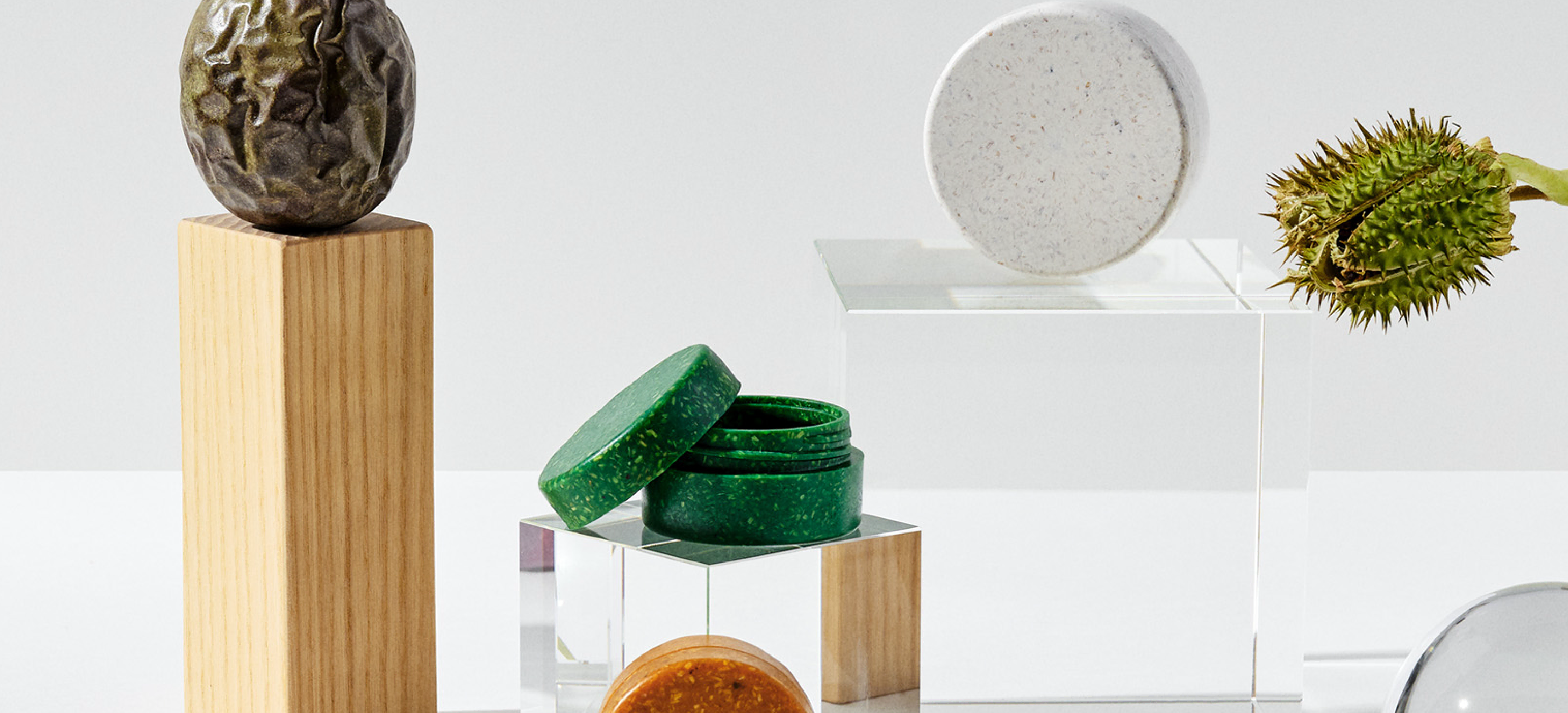Designed like nature
Nature knows best. That’s why we design Sulapac materials to mimic the beauty, functionality, and circularity of nature.
Beautiful
Functional
Sustainable
1) USDA BioPreferred certification for most material recipes.
2) Ecotoxicity and threshold values for heavy metals tested according to EN 13432. All raw materials comply with the food contact requirements of the EU legislation.
3) Third party testing is used to demonstrate that naturally occurring micro-organisms from sea water can digest Sulapac materials (ASTM D6691, 86 oF / 30 oC). Depending on recipe, Sulapac materials show 50 – 100 % relative biodegradation into CO2 in 420 days in simulated marine environment test (ASTM D6691, 86 oF / 30 oC) using natural sea water. Not considered degradable in California. Sulapac Universal has also been tested according to ASTM 5511 (accelerated biodegradation in the landfill, 37C) with a result of 68% relative biodegradation in 160 days.
4) Our wood originates from certified forests. We always follow our strict Policy for Sustainable Sourcing.
5) 0,09 kg CO2eq/kg for Sulapac Universal (critically reviewed cradle-to-gate LCA, including biogenic carbon, performed by an independent third-party consultancy). Carbon footprint of polypropylene is typically around 1,6-1,9 kg CO2eq/kg. Read more here.
6)Chemical recyclability of Sulapac (excluding Barrier and Heat recipes) has been tested and proven technically feasible by a third-party industrial company. Field tests have also verified that Sulapac materials can be collected and sorted out of a mixed waste stream. When collected together, Sulapac materials do not interfere with the current mechanical recycling of conventional fossil-based or bio-based non-biodegradable plastics. The technology for chemical recycling of bio-based and biodegradable materials exists, but the infrastructure is still under development.
Sulapac Materials
Sulapac® materials can be used with existing plastic converting machinery, enabling a practical and resource efficient transition towards a cleaner future.

Ready-made products made of Sulapac
Available from our carefully selected partners worldwide.
Scientific background
Deep dive into our material features and learn about the scientific criteria and validation behind our statements.
A brief guide on compostability
Sulapac is recyclable via industrial composting. Read our brief guide on compostability covering the process and its benefits, standardization, the compostability testing of Sulapac, and the communication of the compostability claim.
How to purchase?
Our experts are happy to support you in switching to Sulapac material.